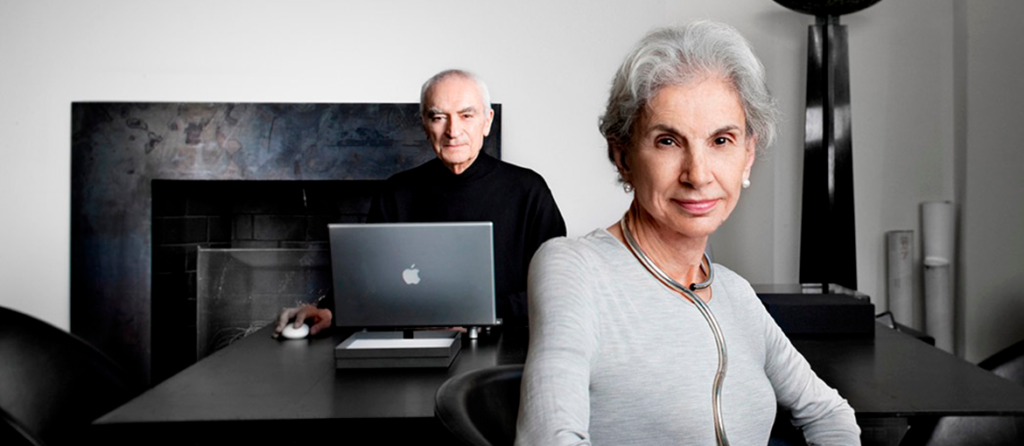Massimo Vignelli, an Italian graphic designer predominantly based in New York City, spent much of his life immersed in the realm of design. Born in Milan in 1931, he initially pursued studies in architecture before venturing into a diverse array of design endeavors, encompassing graphics, furniture pieces, interior design, and fittings.
“Design is one” was not only Vignelli’s motto but also that of his lifelong collaborator, his wife Lella. For the Vignellis, whether they were tackling visual identity, signage, furniture, or even household items like mugs, their approach remained consistent. They approached each project with unwavering rigor, coherence, and a keen focus on functionality.
The Vignelli Canon, a web publishing sensation
In 2010, Vignelli released the Vignelli Canon, a concise publication freely distributed on his website, delineating his design philosophies. The book is structured into two parts: the first elucidating intangible elements crucial for the success of a graphic design endeavor, such as semantics, syntactics, timelessness, responsibility, discipline, and appropriateness. The second part delves into tangible elements, offering practical examples on constructing layouts, employing colors, and managing text, drawn primarily from Vignelli’s extensive professional portfolio.
According to Vignelli, the quest for meaning serves as the foundational step in any design endeavor. This pursuit enables a deeper comprehension of the project’s essence, facilitating the discovery of the most suitable and apt direction to pursue.
Beyond imbuing projects with “meaning,” Vignelli emphasized the importance of syntactical correctness. Designs must effectively communicate the language of design, employing the appropriate visual elements such as layout, fonts, text, and images in a coherent manner that establishes meaningful relationships between each component.
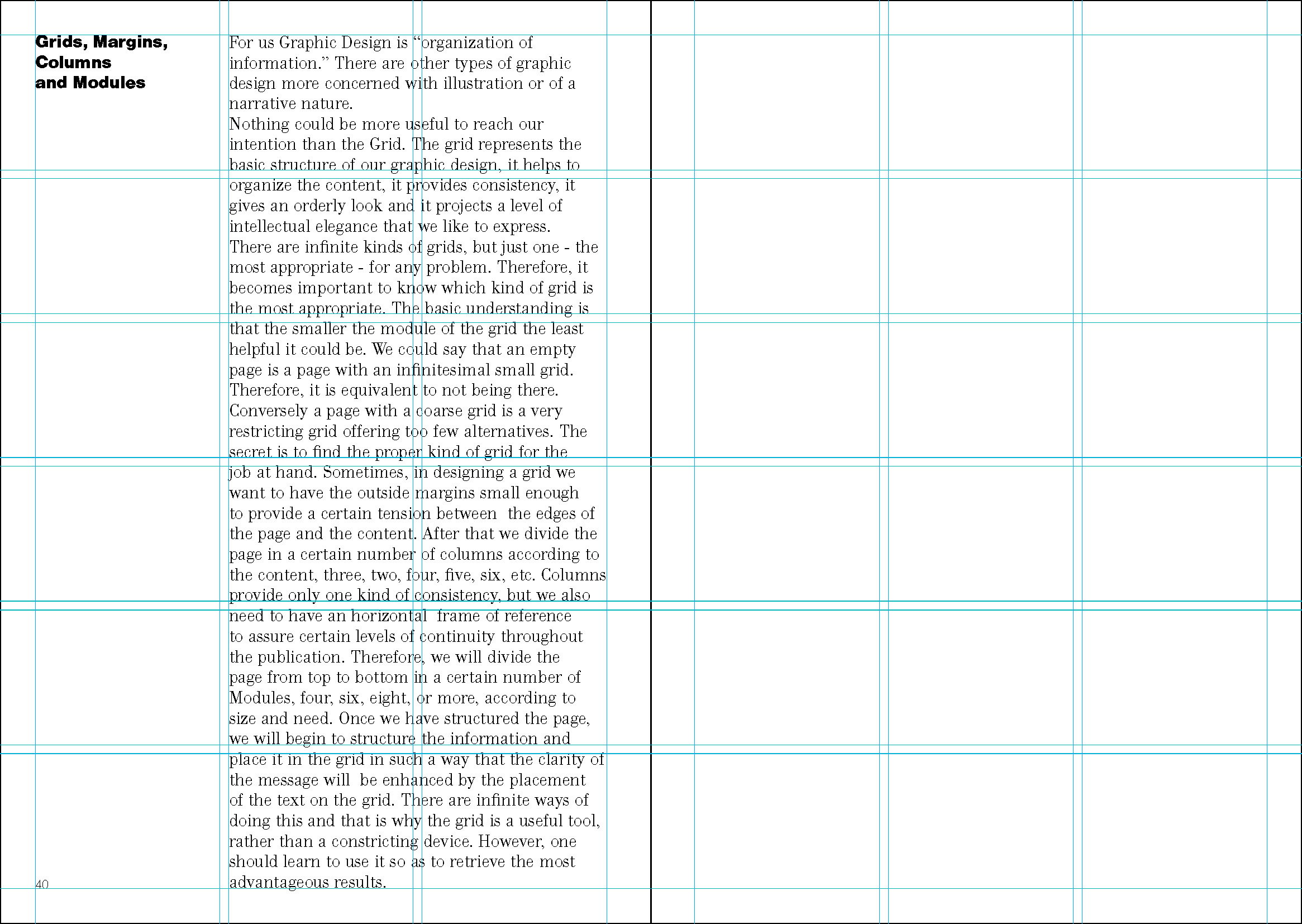
Vignelli cautioned against producing designs rich in meaning and syntactically correct yet lacking in clarity. He asserted that such endeavors ultimately fail to fulfill their communicative purpose, rendering them futile endeavors. “Whatever is done, if it is not understood, it is lost communication, wasted effort,” he reiterated.
Vignelli’s notable works exemplify his design prowess
Vignelli’s earliest collaborations were with architectural firms, and he later embarked on a teaching stint in Industrial Design at IUAV in Venice. Noteworthy among his early works are the minimalist posters for Milan’s Piccolo Teatro in the early 1960s, which eschewed elaborate imagery in favor of text-centric compositions—an innovative departure from prevailing design norms.
During this period, Vignelli also undertook projects such as the Biblioteca Sansoni publishing series, poster designs for Pirelli and the Venice Biennale, and an editorial series for Feltrinelli in collaboration with Bob Noorda at the Unimark studio.
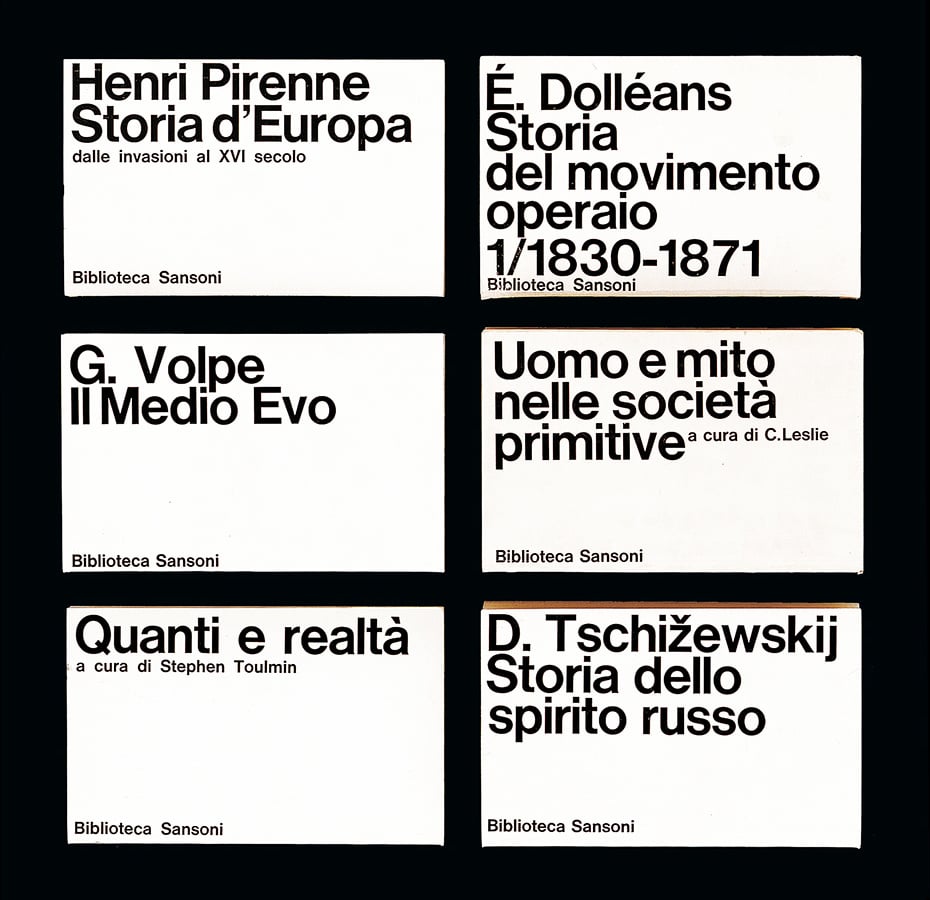
In the late 1960s, Vignelli relocated to New York City with Unimark and established studio offices across various US cities. His clientele expanded to include major corporations like Ford, Knoll, and American Airlines. Notably, Vignelli’s contribution to the New York City subway system, including the iconic subway map unveiled in 1972, remains emblematic of his design legacy.
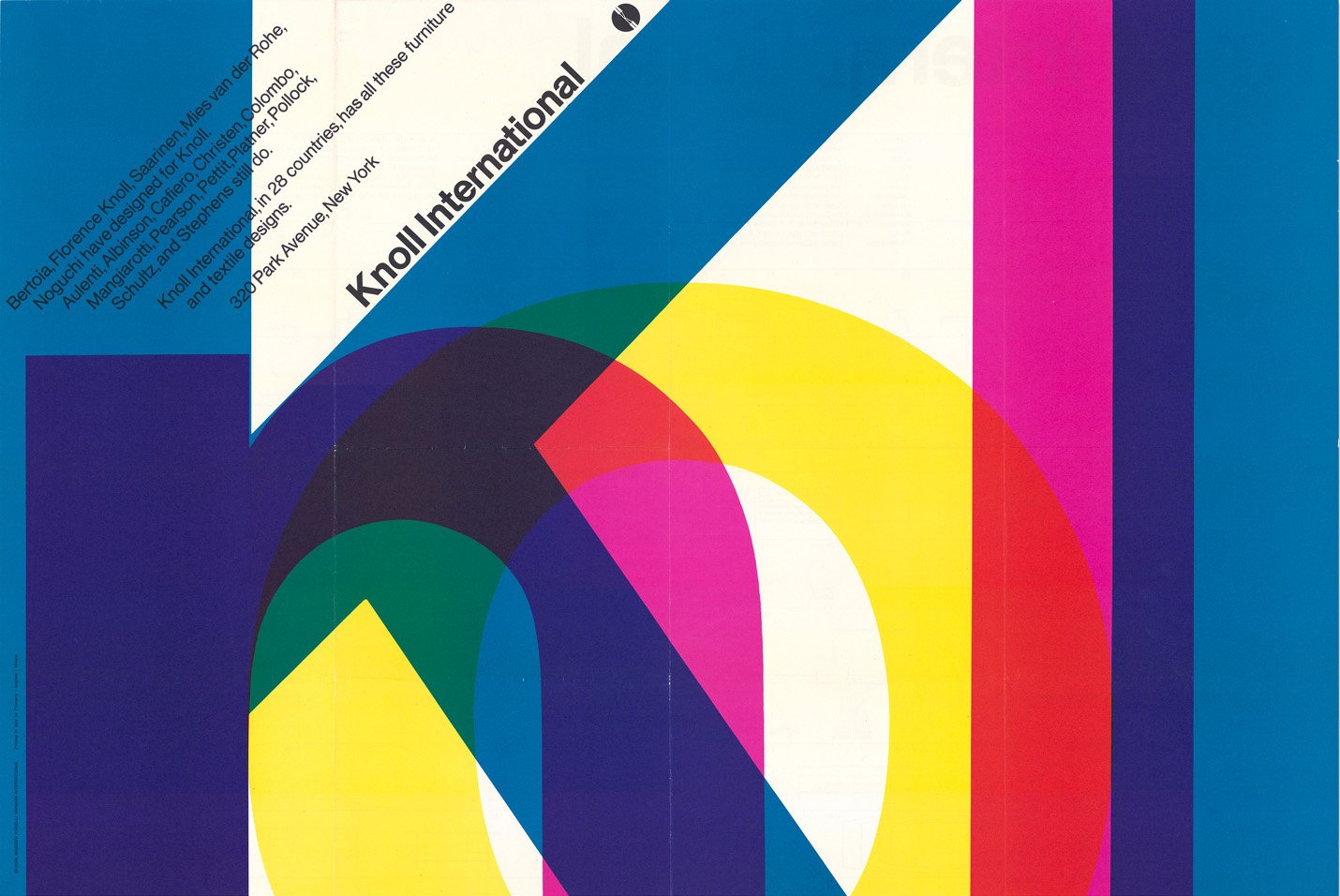
Following his departure from Unimark, Vignelli continued to leave his imprint on diverse projects, including the branding and packaging for Bloomingdale’s department store, renowned for its colorful and unobtrusive designs that embodied a delicate balance between identity and diversity.
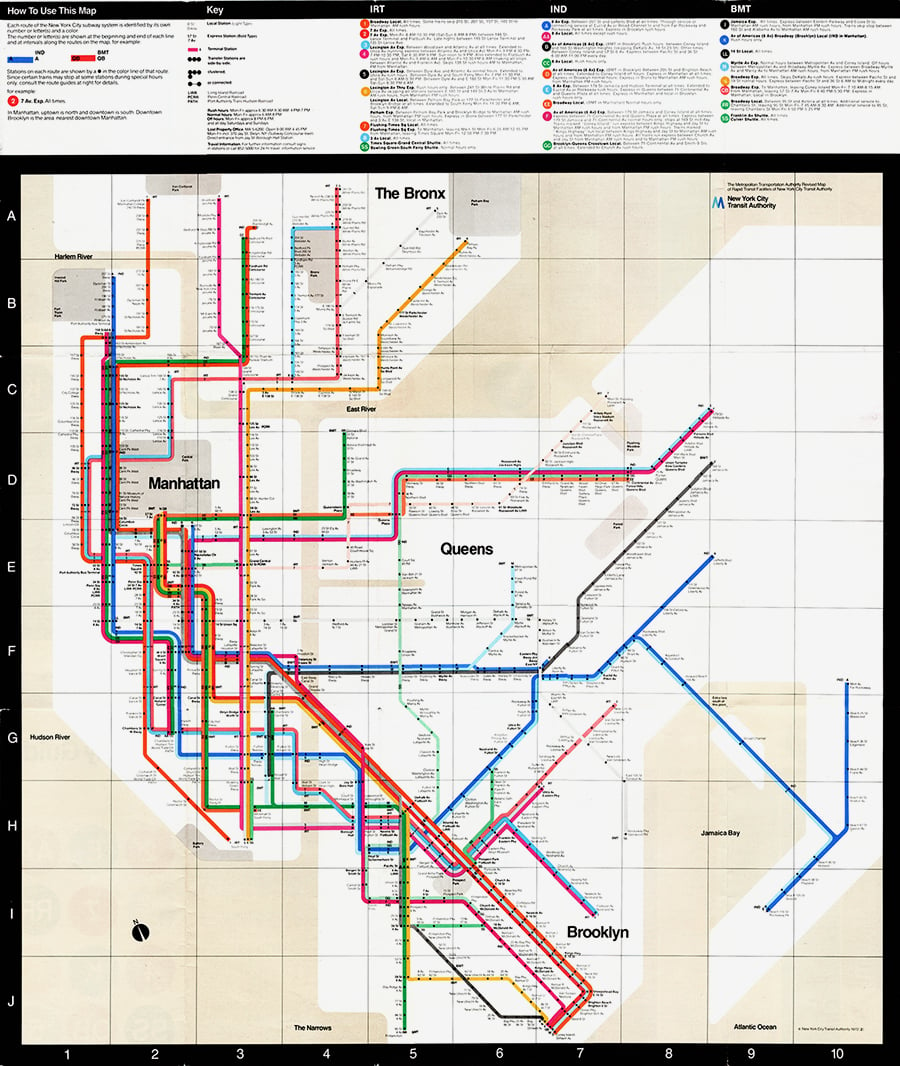
A lifelong dedication to design
Vignelli’s commitment to design permeated every aspect of his life, extending even to the meticulous planning of his own funeral arrangements, which he and his wife had envisioned years earlier while designing the interior of St. Peter’s Church. His work has left an indelible mark on the design landscape, earning him widespread recognition and acclaim.
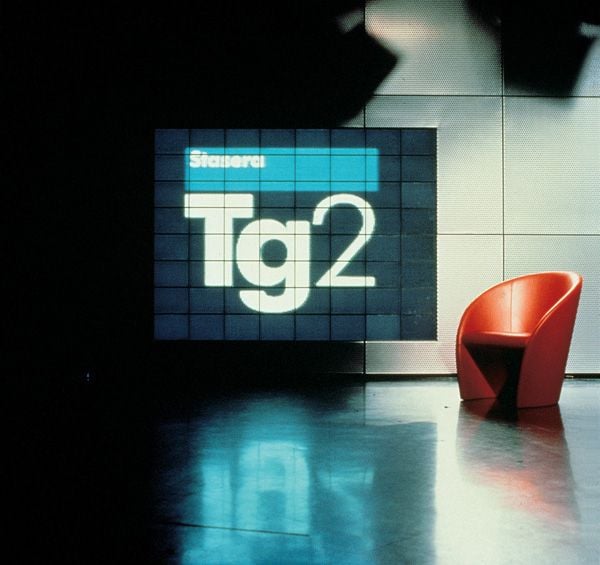
Michael Bierut, a prominent contemporary graphic designer and collaborator with Vignelli, reflected on his time spent with the Italian maestro, highlighting Vignelli’s fundamental lesson that good work begets more good work—a principle that underscored Vignelli’s unwavering commitment to excellence in design.
A versatile “total designer”
Vignelli’s expansive body of work encompasses a diverse array of design domains, including posters, magazines, newspapers, books, furniture, branding, churches, exhibitions, and even wine labels. His enduring impact is evident in projects such as the Unigrid system for the National Park Service, a modular grid structure that has endured since its inception in 1977, embodying Vignelli’s timeless approach to design.
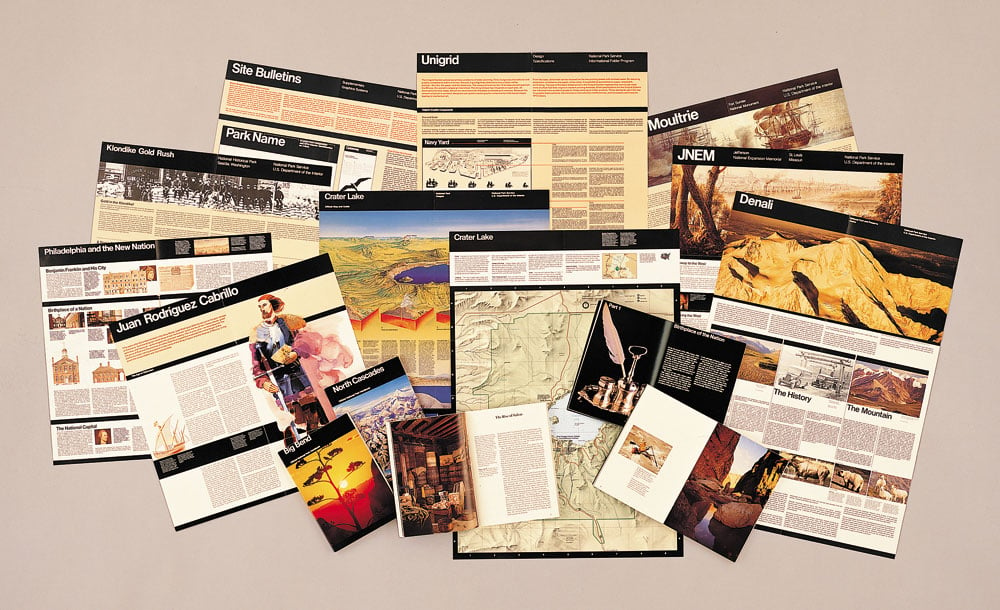
In summary, Vignelli’s legacy as a “total designer” transcends mere aesthetics, reflecting a profound commitment to elevating the human experience through thoughtful and purposeful design interventions.
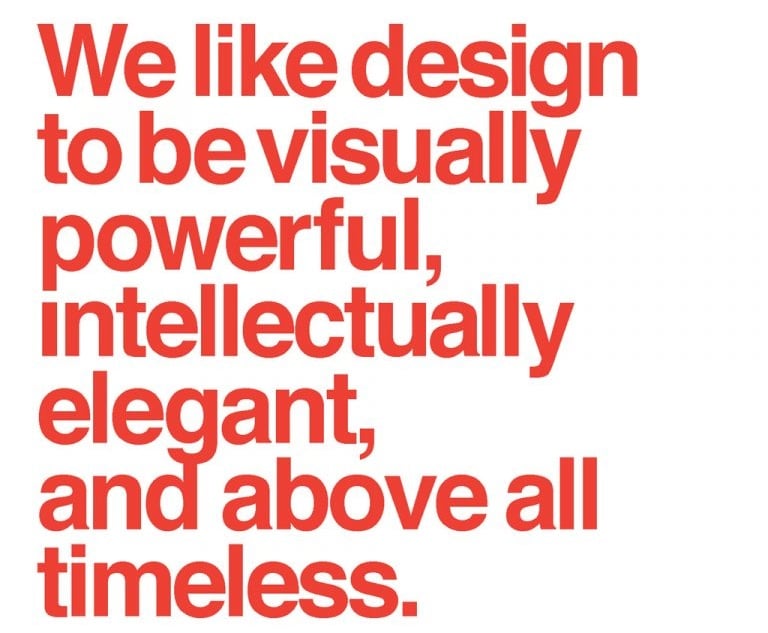
ther Links
- Massimo Vignelli, Design Culture
- Timeless by design,, New York Times Magazine
- Vignelli Gala at the Architectural League, Pentagram
- I.P. Massimo Vignelli, One Of The Greatest 20th Century Designers, Fast Company
- If you can’t find it, you design it, Doppiozero
- Brand Museum
- YouTube interview by the channel Design Speaks Italian.
[1] The Vignelli Canon is available for free in English, in PDF format, and for a fee in Italian, in print format.
[2] The death of Massimo Vignelli, great designer, by Emily Langer – Washington Post (article translated by The Post)
[3] In this YouTube video, Vignelli talks about the design of the labels for Feudi di San Gregorio wines.

